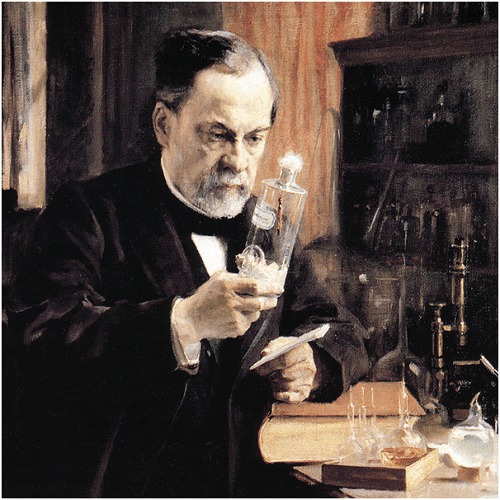Who invented DynamiteAlfred Bernhard Nobel invented dynamite. Alfred was a Swedish chemist and innovator who had 355 patents for his different inventions. Besides, he is also known for his engineering, philanthropy, and business skills. 'Dynamite,' as the word suggests, is a powerful explosive commercially used for mining and other applications. It consists of nitroglycerine packed with the absorbent to make it stable. It rapidly flourished in the market due to its wide-scale applications. 
History of Dynamite and Alfred NobelAlfred Nobel, born in Sweden in 1833, was highly inspired by his father, Immanuel Nobel. While doing his construction work, Immanuel invented mines and torpedoes for Russia. He was also searching for alternatives to explosives like black powder, which was more potent for blasting rocks. Alfred's father shifted the Nobel family from Stockholm to St. Petersburg in 1842. Then he decided to establish a chemical plant in Sweden in 1859. In their business, of all the products they manufactured, nitroglycerine was most dangerous. Ascario Sobrero invented it in 1846. In its liquid form, nitroglycerine is exceptionally volatile. A physical shock or even moderate heat can make it explode. Nevertheless, he was determined and began his research on safe ways of using nitroglycerine in 1862. Other Explosives and their shortcomingsSome explosives were invented before dynamite. One of these was a black powder that was made of sulfur, coal, and saltpeter. Another explosive was nitroglycerine. However, black powder was not so strong, and liquid nitroglycerine was volatile, making it highly unsafe and challenging to use. Moreover, conditions of the explosion of nitroglycerine were challenging to predict. It was because of these safety concerns Alfred Nobel worked to create dynamite. Invention of DynamiteNobel's research primarily focused on controlling the detonation of nitroglycerine explosives to make them safe and convenient to use. It was not until 1863 that he could invent a wooden plug detonator. This detonator comprises a large charge of nitroglycerine in a metallic container with a wooden plug inserted in this charge. The invention of the detonator marked the beginning for Alfred Nobel to be recognized as an inventor. After this, Nobel invented blasting caps which exploded when subjected to shocks or moderate heat; this was not until 1865. These blasting caps are explosive devices that primarily comprise of charge of mercury fulminate. Subsequently, he started performing many experiments with explosives. In one such experiment, he accidentally discovered that nitroglycerine could be absorbed by diatomaceous earth kieselguhr. This mixture completely stabilized the nitroglycerine by drying it. This mixture was then named dynamite in 1867. Dynamite not only avoided all the hazardous effects of nitroglycerine but was also easier to use than nitroglycerine. Nobel was granted patents for dynamite in 1867 and 1868, one was from Great Britain, and the other was from the United States. In addition, Nobel filed several patents concerning fluid gauges and air pressure. What discovery of dynamite led to?Eventually, Nobel started the dynamite production and built its factories across Eastern Europe and Scotland. These factories led to the expansion of Nobel's business and earned him large sums of money. Moreover, Alfred Nobel didn't stop after the invention of dynamite. He then invented another explosive blasting gelatine, also known as gelignite. When compared with dynamite, gelignite is more powerful and has more excellent stability. Finally, in 1887 Nobel patented Ballistite which was made by adding nitrocellulose to nitroglycerine. Ballistite was a smokeless explosive powder. The applications of dynamite range from building railways and roads back then to construction and mining today. Digging deeper into mines was possible because of the invention of dynamite. Thus this operation became more economical and gained more profit. In addition, this invention speeded up the building of roads and canals and other construction projects. Eventually, cities and towns expanded rapidly and gave rise to more research and developments in explosives. Subsequently, explosives were cheaper and easier to produce and use, which meant almost anyone could use them anywhere. The invention of dynamite and Nobel PrizesDespite many useful applications, the use of dynamite was not always for peaceful purposes. Harms that dynamite could cause left Alfred in guilt. As a result of this guilt, Alfred was inspired by his latest invention, Nobel Prizes. Nobel prizes are awarded to individuals for their exceptional contribution to the most significant benefits to humankind. These include the fields of physics, chemistry, literature, medicine, and peace. Nowadays, Alfred Nobel is known much for these prestigious awards as he is for dynamite.
Next TopicChisel
|
 For Videos Join Our Youtube Channel: Join Now
For Videos Join Our Youtube Channel: Join Now
Feedback
- Send your Feedback to [email protected]
Help Others, Please Share










